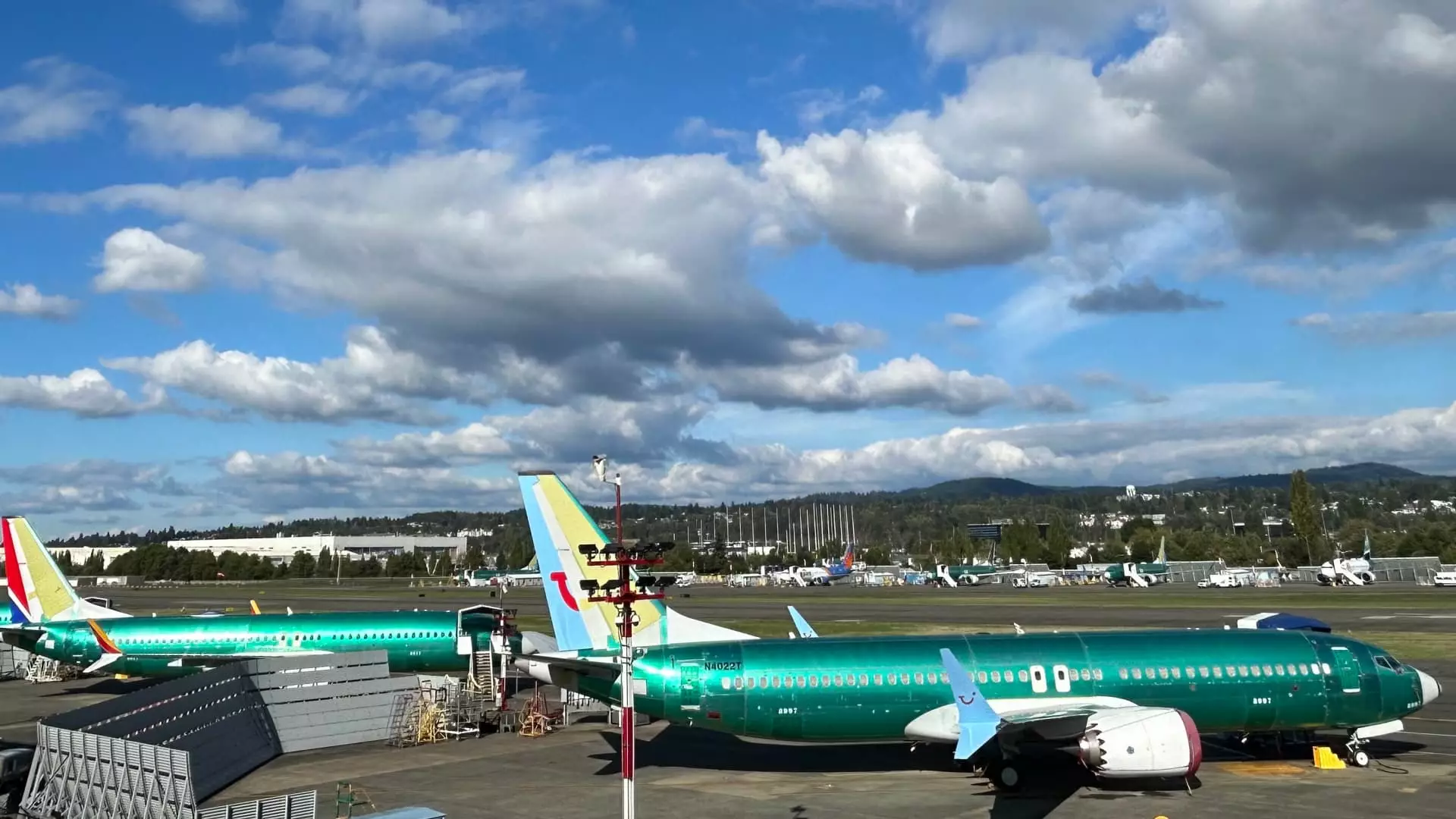When it comes to military procurement, few projects can match the complexity and expectations placed on the new Air Force One. The ongoing saga surrounding the replacement of the aging 747 aircraft designated as the presidential transport highlights not only systemic challenges within the aerospace sector but also the innovative problem-solving that emerges in response to such obstacles. As President Donald Trump recently conveyed his dissatisfaction with delays in the delivery of the new aircraft, it becomes essential to assess the broader implications of this situation.
The initial contract for the new Air Force One was valued at approximately $4 billion, signifying a significant investment in national security and the presidential operation. However, with costs overrunning by more than $2 billion and delays stretching for years, this project illustrates the complexities tied to large-scale military procurements. These delays may be attributed to a combination of technical challenges, supply chain disruptions, and the intensified scrutiny that such high-profile contracts typically attract.
President Trump’s frustration reflects a wider sentiment echoed by various stakeholders in the aviation industry, who frequently grapple with protracted timelines for aircraft delivery. Following the impacts of the COVID-19 pandemic on manufacturing and logistics, the urgency for timely delivery has escalated. The “post-pandemic travel boom” has compounded existing pressures, forcing manufacturers like Boeing to confront industry-wide demand that far exceeds capacity during a recovery phase.
In a novel development, Trump has enlisted the help of Elon Musk, the CEO of SpaceX, to expedite the delivery process. Musk’s prowess in the aerospace industry, reflected in his successful ventures, brings an outside perspective that could possibly dismantle bureaucratic obstacles that have hindered Boeing’s progress. Essentially, Musk’s involvement transitions the focus from merely producing the aircraft to re-evaluating and trimming non-essential constraints that prolong development.
Musk has been described as a “brilliant guy” who understands the intricate differences between technical requirements and inefficiencies. His engagement indicates that addressing aircraft delays might not solely involve increasing manpower or investment but rather optimizing workflows and rethinking operational methodologies.
As Boeing faces intense scrutiny and frustration from high-profile clients, other players in the aviation sector remain cautiously optimistic about the manufacturer’s recent performance. Following significant leadership changes alongside a near-disastrous incident involving a 747 delivery, the current trajectory seems to indicate a revival in Boeing’s reputation. Executives from major airline companies, such as United Airlines and Southwest Airlines, have expressed growing confidence in Boeing’s ability to resolve outstanding issues.
The ongoing narrative emphasizes the importance of leadership and adaptability within manufacturing firms. New strategies implemented under CEO Kelly Ortberg’s guidance have prompted renewed faith among clients who are now hopeful that aircraft, such as the widely anticipated 737 MAX, can be delivered on schedule.
Despite the current challenges, it is crucial to recognize that the path toward securing timely deliveries is fraught with uncertainties. As the aerospace industry evolves, the integration of innovative strategies and leadership changes proves essential in addressing delays effectively. The spectacle of the new Air Force One procurement serves as a mirror reflecting the broader mood of an industry in flux.
As President Trump reviews alternative options—including possibly sourcing or leasing interim aircraft—it underlines the urgency and gravity associated with presidential travel. It also speaks to the resilience of leaders in the face of adversity, showcasing a dual pursuit of efficiency and accountability.
The saga surrounding the new Air Force One transcends mere aircraft procurement; it encapsulates the challenges of modern aerospace management, the integration of innovative thinkers like Elon Musk into traditional processes, and the evolving expectations within an industry striving to overcome historical barriers.


Leave a Reply